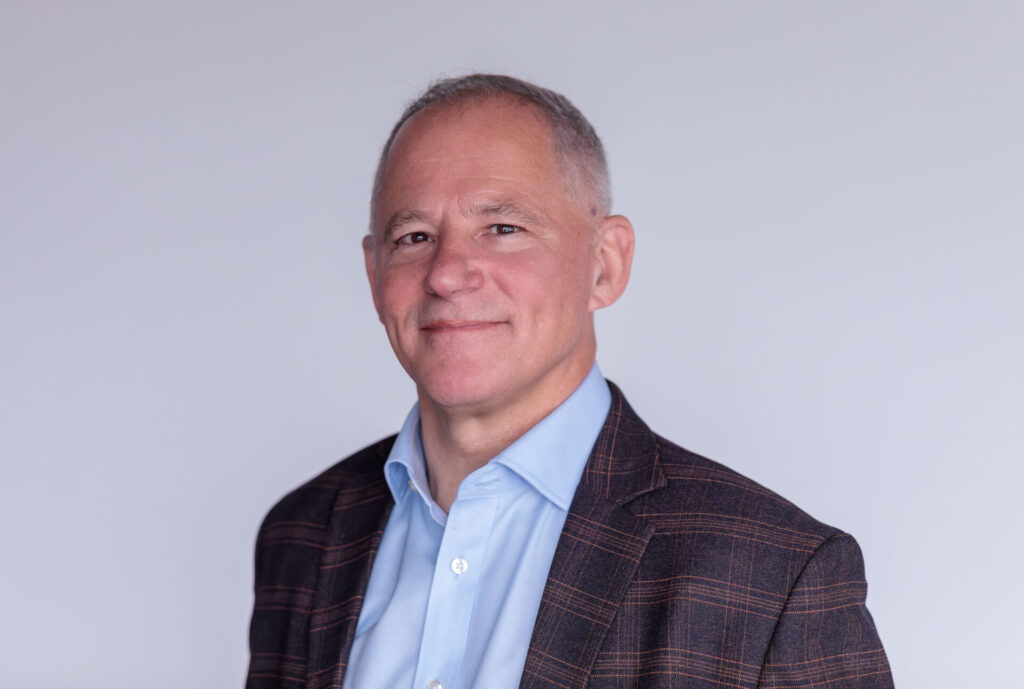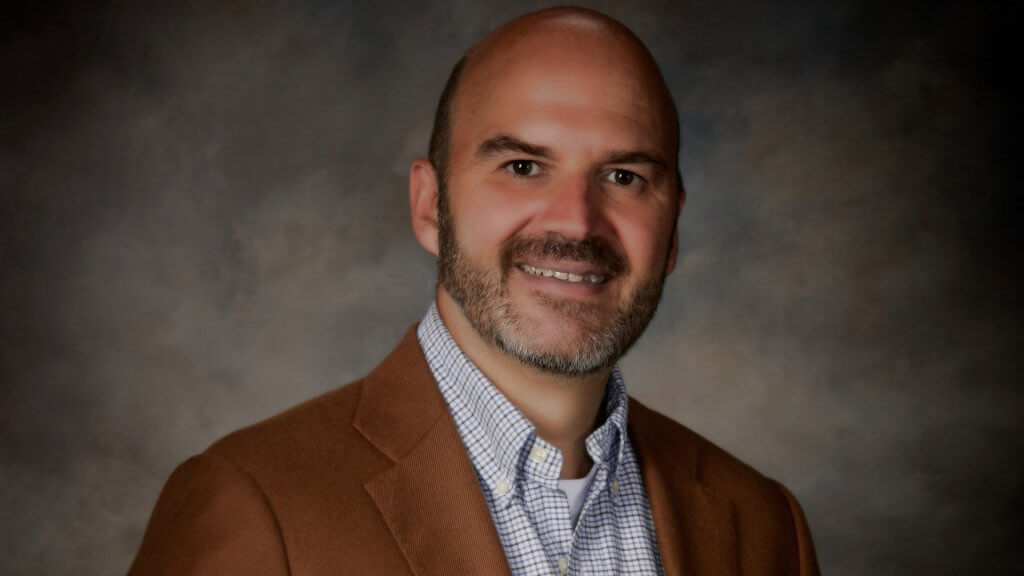How Business Can Be A Force For Good
By Dr John Blakey author of Force for Good – How to thrive as a purpose-driven leader
With the new UK prime minister stating in his first Downing Street speech that “politics can be a force for good”, it is encouraging to see that business is already leading the way. The UK leads the world in the growth of accredited B corp organisations, whose mission is ‘to make business a force for good’. These B Corps have demonstrated their commitment to the triple bottom line of profit, people and planet.
For larger corporate organisations, a similar trend can be observed in the rise of ESG investing, whereby investment funds prioritise investment in companies that show a commitment to safeguarding the environment, making a positive social impact and adopting sound governance practices. PwC estimates that asset managers globally “are expected to increase their ESG-related assets under management (AuM) to US$33.9tn by 2026, from US$18.4tn in 2021.”
On the surface, this is an uplifting shift in the focus of business life and a cause for optimism for anyone who believes leaders should pursue a higher purpose than purely money, status and self-indulgence. Yet, this new purpose-driven ethos places new pressures and expectations on the CEOs who lead such organisations. Leaders now have a more complex set of priorities to juggle. The single-minded focus on shareholder returns is being replaced by a broader set of performance metrics driven by the needs of a web of stakeholders, including customers, local and global communities, national governments, environmental pressure groups and discerning employees.
As an executive coach working with such purpose-driven CEOs across many sectors, I hear many candid thoughts and witness the emotional roller coaster of their stressful roles. In the pandemic-shifted world, I find the commitment of these leaders is increasingly fragile as they grapple with the shift from a profit-driven to the purpose-driven landscape. This is surely one factor in the record levels of leadership burnout that many studies have highlighted. In such a challenging environment, how can leaders thrive, rather than simply survive, so that more businesses can be a force for good?
My own view is that CEOs need to master what I refer to as the UP, IN and OUT of purpose-driven leadership if they are to deliver the triple bottom line of profit, people and plant and meet the expectations of a new generation of employees.
UP – How do CEOs discover, connect with, serve and feel the joy of their higher purpose?
The purpose-driven CEO needs to articulate how he, she or they will be a force for good in the world. What do they stand for? What virtue or ‘good’ will they represent that positively impacts the wider community? Simon Sinek would call this the ‘why’; others would speak of a higher calling. How do leaders find that higher calling and then keep it as their ‘true north’ whilst grappling with all the distractions and unforeseen incidents of organisational life? How do CEOs make sure that their calling remains a source of joy for them and others around them, rather than a heavy burden that robs the workplace of fun and fulfilment.
IN – How do CEOs manage their motivation, resilience and authenticity while pursuing a higher purpose?
The IN focuses on sustainable personal growth. In the purpose-driven business world, leaders create sustainable organisations that succeed long-term without exploiting scarce resources in the short term. Similarly, purpose-driven CEOs are expected to live expansive and yet sustainable lives. If purpose-driven leaders sacrifice long-term needs for short-term success, it will appear inauthentic and hypocritical. To thrive, purpose-driven leaders must protect their motivation and authenticity while building their resilience.
OUT – How do CEOs lead their followers by forgiving the individual, protecting the team (and purpose) and becoming a beacon of hope?
The OUT is the antidote to the loneliness that purpose-driven CEOs feel when they pioneer and climb new mountains. A purpose-driven leader cannot expect that everyone else involved in achieving the mission shares their own motivation. Growing a diverse and inclusive tribe of followers requires careful nurturing of your community. The customer is always right in the profit-driven world, whereas in the purpose-driven world, it is not as clear-cut. Every stakeholder’s needs are considered, and the leader navigates a complex web of shifting needs.
Armed with the UP, IN and OUT of purpose-driven leadership, CEOs can adapt to the new environment and thrive within it, rather than feeling that they are continually playing ‘catch up’ as the world changes around them. In 2014, author Aaron Hurst wrote in his book The Purpose Economy that “the companies emerging as leaders in the new economy are truly redesigning every aspect of their business around purpose.”
Similarly, in 2024, we need CEOs to emerge in the new economy who redesign every aspect of their leadership around purpose. Such leaders will not only ensure their organisations deliver as a force for good, but they will also do so without sacrificing their own well-being and take others successfully on the journey.








